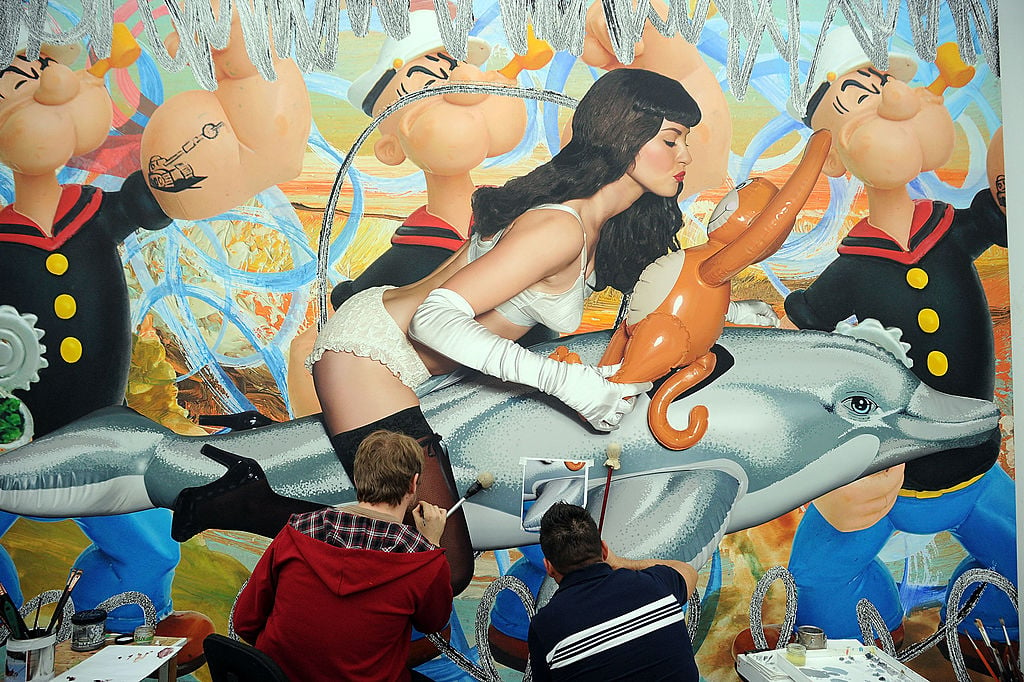
The romantic image of the artist at work alone in the studio is largely inaccurate in today’s market-driven art world, where Jeff Koons’s 11-foot-high balloon dog is followed by Louise Bourgeois’s 10-foot spider outside of Christie’s before a big auction.
Nowadays, artists’s studios are large-scale operations that often employing scores of assistants to help produce large-scale works of art.
The use of multiple assistants dates back to the Renaissance era, where large-scale projects were relatively common. Michelangelo had assistants to help him paint backgrounds on the ceiling of the Sistine Chapel in the Vatican between 1508 and 1512, and artists such as Peter Paul Rubens and Rembrandt did the same.
That doesn’t mean that all artists use assistants all the time; but it’s far from uncommon.
Michelangelo used help from assistants to paint the ceiling of the Sistine Chapel in the 16th century. Courtesy of Wikimedia Commons.
It was Andy Warhol and his unabashed “factory” approach to creating art on a mass scale in the 1960s and ’70s that influenced the acceptance of the transition from light participation of assistants to full-scale creation of work with no or little input from the artist.
And today artists such as Takashi Murakami, Damien Hirst, and Marilyn Minter employ large-scale studios in which numerous assistants produce artworks in a fashion that is not dissimilar to a production line. Koons himself admits to employing a staff of 150, saying, “If I had to be doing this myself, I wouldn’t even be able to finish one painting a year,” he told the Wall Street Journal.
“Some people object to the fact that Jeff Koons isn’t actually fabricating his works himself, they miss the hand of the artist,” Gary Tinterow, director of the Museum of Fine Arts Houston said in the 2009 documentary Jeff Koons: Beyond Heaven. “But the fact of the matter is since ancient times work has been conceptual,” he explained.
The artist Kehinde Wiley even outsourced his production to China. According to New York magazine, the painter opened a studio in Beijing to help keep up with the demands of the market.
German painter Albert Oehlen prefers the solitary approach to art creation. Courtesy of the New Museum via Facebook.
On the other hand, artists such as Albert Oehlen insist on painting every brushstroke themselves. “The reason is that I like to be alone,” Oehlen told artnet News in October 2015, “And it’s hard to find a person whom I could trust that much. Look, it’s not just that he or she could watch me paint in the studio, they’d be able to look inside my brain, to see me think! I don’t grant that to just anybody,” he said.
In other words, it comes down to the individual preferences of the artist, the dealer, and the collectors. While the use of assistants is broadly accepted, some still prefer the romantic approach to art creation and only interact with or buy art made exclusively by the artist’s hand.